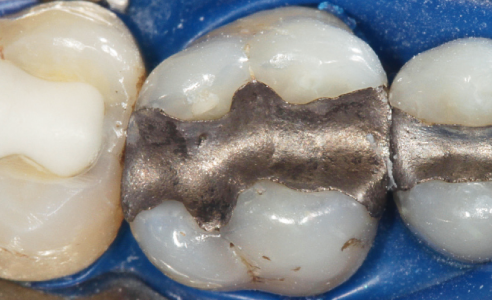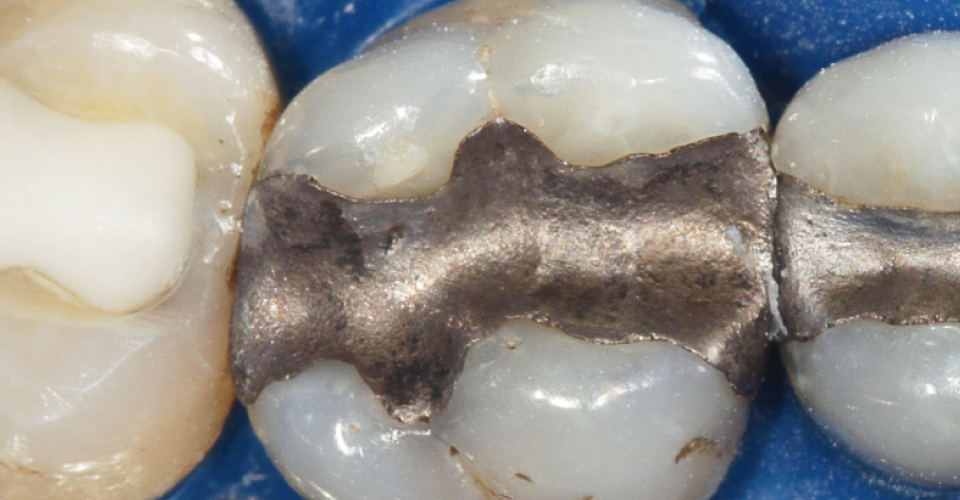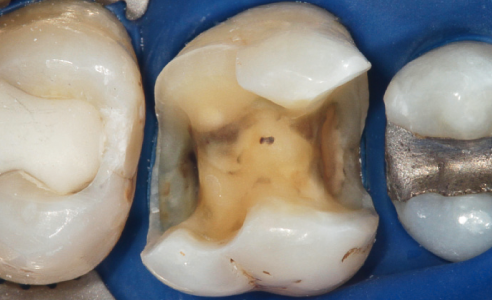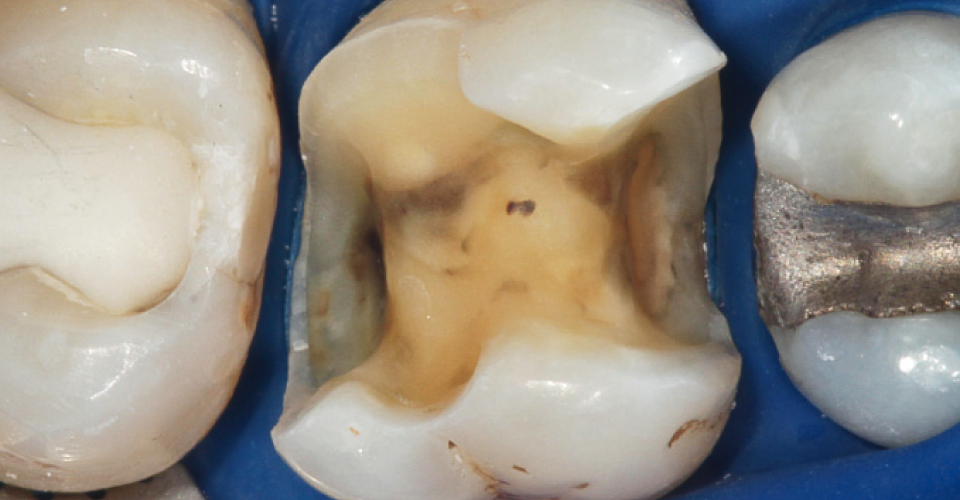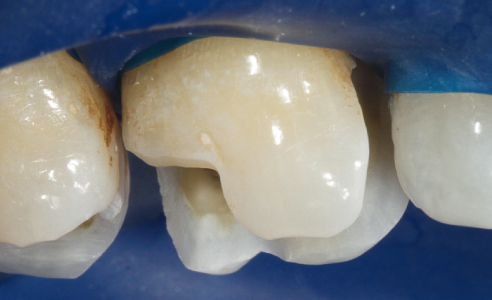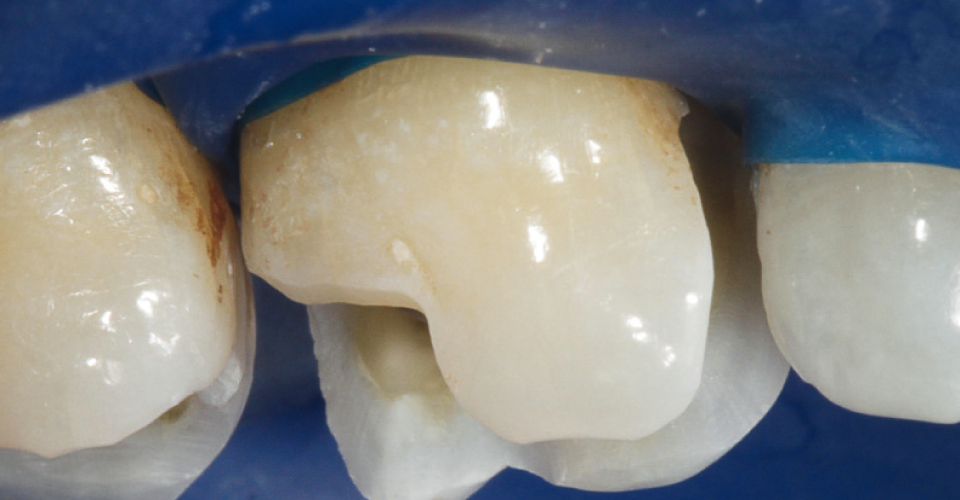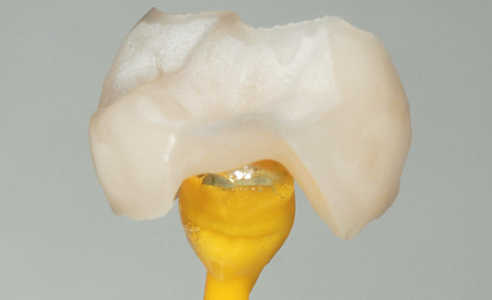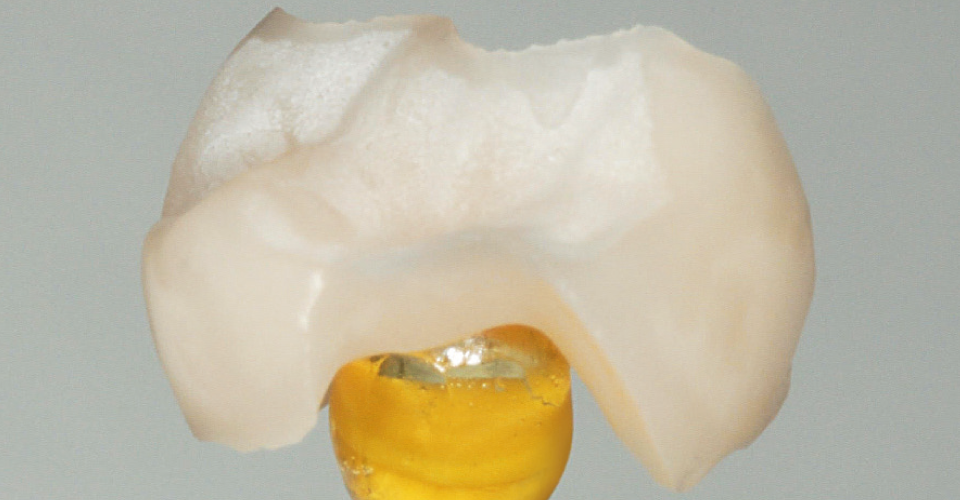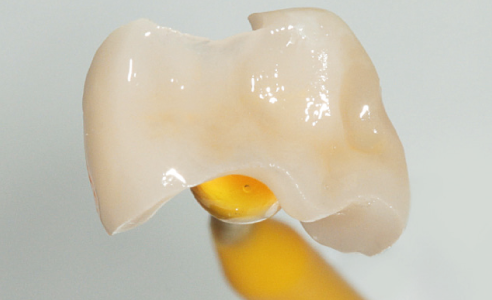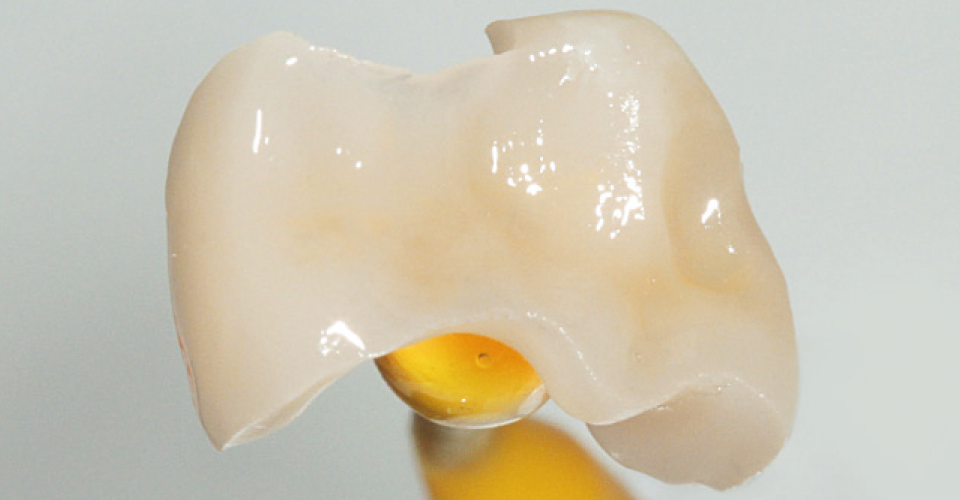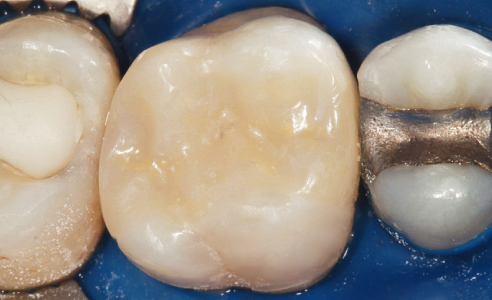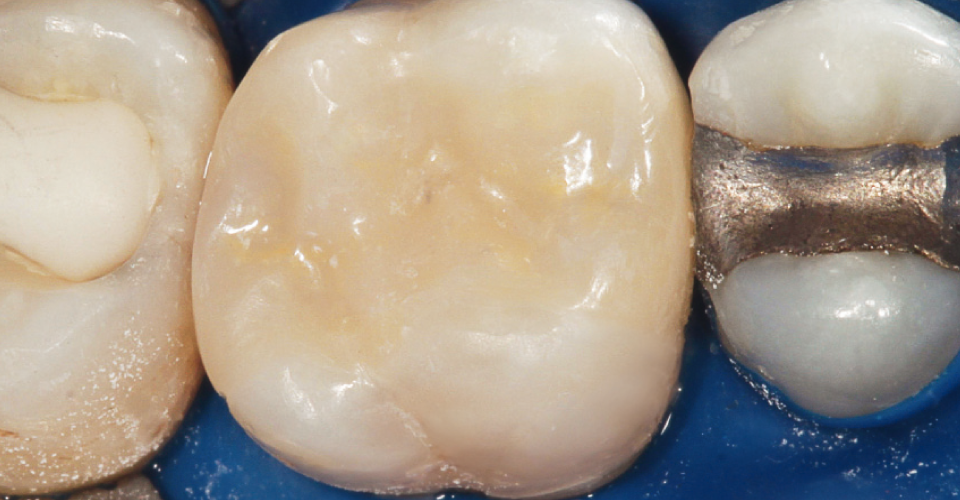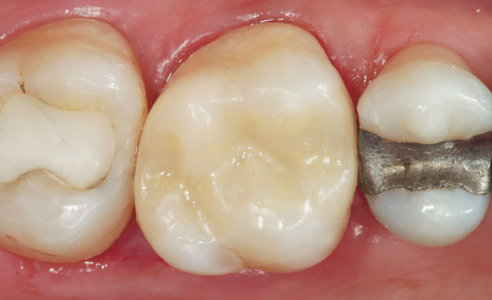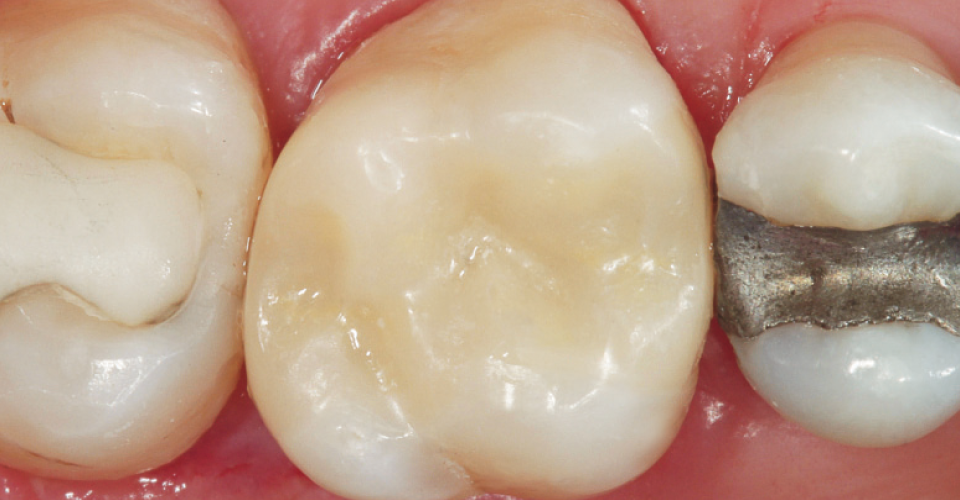Step by step from VITA ENAMIC blank to inlay
VITA ENAMIC has been used clinically for more than five years. The spectrum of possible applications ranges from inlays to veneers to crowns. In the following interview, Senior Physician Dr. Julia Bühler (University Center for Dental Medicine, Basel, Switzerland) uses a case study to report on her experiences and describes key clinical success factors.
DV: How do you evaluate the clinical use of VITA ENAMIC and what do you think are the advantages, as compared to traditional ceramics?
Dr. Julia Bühler: Thanks to the material properties, there is more freedom in the preparation, e.g., when space is limited. And processing is easy: Milling and polishing can be carried out much faster.
DV: What are the key clinical success factors for using hybrid ceramics for single tooth restorations?
Dr. Julia Bühler: The more flexible preparation is less invasive. The material is more forgiving than traditional ceramics in less favorable conditions, such as with thin edges. Its easy workability is also an advantage in everyday clinical practice: Intraoral corrections/repairs can be carried out simply and safely (in this case, conditioning with aluminum oxide instead of hydrofluoric acid).
DV: What should dentists focus on and what are the critical process steps?
Dr. Julia Bühler: Complying with preparation guidelines remains essential for achieving a good, long-lasting restoration. Despite the polymer content, VITA ENAMIC is ultimately a ceramic: It is important to observe minimum layer thicknesses. During the insertion process, it is important to keep the area completely dry, and the workpiece and the tooth must be pretreated very carefully. Maintaining the right conditioning times is also essential for longterm success.
DV: For the manual finishing of VITA ENAMIC, a special polishing set is recommended by the manufacturer – what experience have you had with this?
Dr. Julia Bühler: The set works perfectly. By using different abrasive polishers for the pre-polish and high-gloss polish, restorations can be polished to a high gloss in a matter of seconds. The wear of the polishing instruments was significantly reduced with the latest generation.
DV: How durable do the restorations appear to be in the follow-up appointments, for example regarding surface quality?
Dr. Julia Bühler: I've been regularly working with VITA ENAMIC for about four years now and so far – from a subjective standpoint – I have no complaints. The surface durability seems to be comparable to more traditional ceramics. However, we will have to wait for long-term studies to be conducted.
DV: In the present case, you have characterized the inlay with VITA ENAMIC shades. How can you achieve good intraoral color durability?
Dr. Julia Bühler: It is important to have sufficient light curing. As a general rule of thumb, the darker and more opaque the shades, the longer the polymerization. The recommended minimum times from the manufacturer may be doubled.



